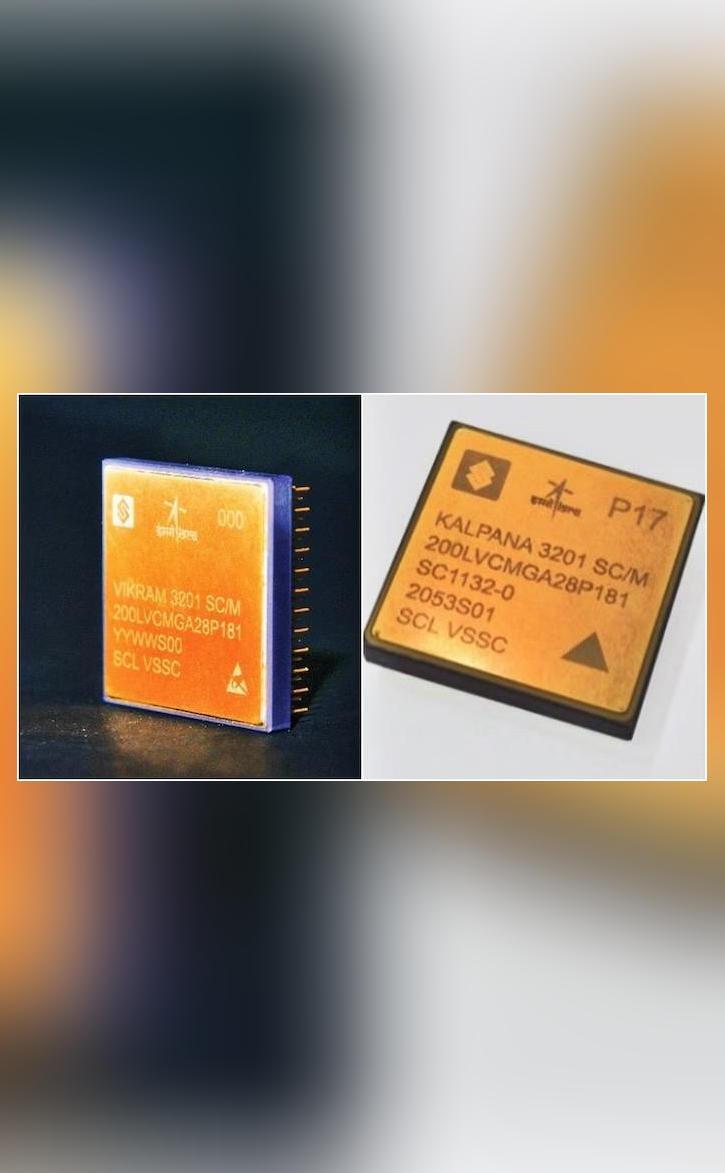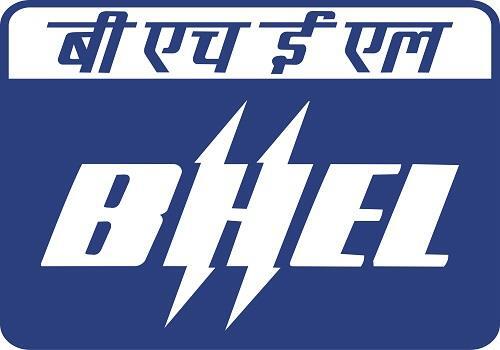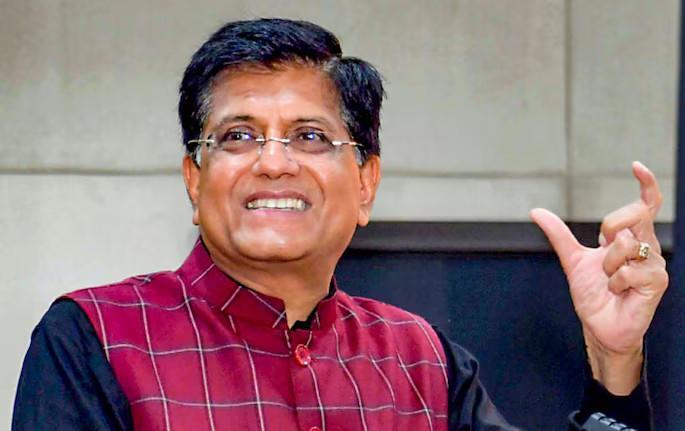
ISRO & SCL Develop 32-bit Microprocessors for Space Applications
In a major breakthrough, the Indian Space Research Organisation (ISRO) and the Semiconductor Laboratory (SCL) in Chandigarh have jointly developed two 32-bit microprocessors, VIKRAM3201 and KALPANA3201, specifically designed for space applications. The microprocessors have been developed to cater to the growing need for indigenous technologies in the space sector, with a focus on meeting the harsh environmental conditions encountered during launch vehicles.
The VIKRAM3201 microprocessor is a significant milestone, as it is the first fully “Make-in-India” 32-bit microprocessor to be qualified for use in space launch vehicles. This achievement is a testament to the capabilities of Indian industry and the collaborative efforts of ISRO and SCL in developing cutting-edge technologies.
Background and Significance
Space technology has been a critical area of focus for India, with ISRO playing a pivotal role in the country’s space exploration efforts. Over the years, India has made significant strides in space technology, with numerous successful launch missions and the development of advanced spacecraft. However, the country has also recognized the need to develop indigenous technologies to meet the growing demands of the space sector.
The development of the VIKRAM3201 and KALPANA3201 microprocessors is part of this effort to create indigenous technologies that can meet the specific requirements of space applications. These microprocessors are designed to operate in the harsh environmental conditions encountered during launch vehicles, including extreme temperatures, radiation, and vibrations.
Features and Advantages
The VIKRAM3201 and KALPANA3201 microprocessors are designed to provide high-performance computing capabilities, with a focus on meeting the specific requirements of space applications. Some of the key features and advantages of these microprocessors include:
- 32-bit architecture, providing high-performance computing capabilities
- High-speed interfaces, including USB, SPI, and UART
- Power management capabilities, including low-power sleep modes
- Radiation-hardened design, ensuring reliable operation in space environments
- Compatibility with various programming languages, including C and Assembly
The VIKRAM3201 microprocessor is designed to operate in the frequency range of 50 MHz to 100 MHz, with a power consumption of 1.2V/200mA. The KALPANA3201 microprocessor, on the other hand, operates in the frequency range of 50 MHz to 100 MHz, with a power consumption of 1.2V/150mA.
Applications and Future Prospects
The VIKRAM3201 and KALPANA3201 microprocessors have a wide range of applications in the space sector, including:
- Launch vehicles: The microprocessors can be used in the onboard computer systems of launch vehicles, providing high-performance computing capabilities.
- Spacecraft: The microprocessors can be used in the onboard computer systems of spacecraft, providing high-performance computing capabilities.
- Satellite navigation systems: The microprocessors can be used in satellite navigation systems, providing high-precision timing and synchronization capabilities.
The development of these microprocessors is expected to have significant implications for the Indian space sector, with potential applications in various areas, including launch vehicles, spacecraft, and satellite navigation systems. The indigenous development of these technologies is also expected to reduce reliance on foreign suppliers and promote the growth of the Indian space industry.
Conclusion
The development of the VIKRAM3201 and KALPANA3201 microprocessors by ISRO and SCL is a significant achievement, marking a major milestone in India’s efforts to develop indigenous technologies for space applications. These microprocessors are designed to provide high-performance computing capabilities, with a focus on meeting the specific requirements of space applications. The potential applications of these microprocessors are vast, with potential applications in launch vehicles, spacecraft, and satellite navigation systems. This achievement is a testament to the capabilities of Indian industry and the collaborative efforts of ISRO and SCL in developing cutting-edge technologies.
Source:






